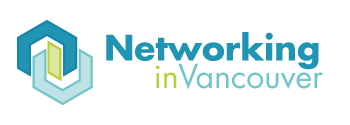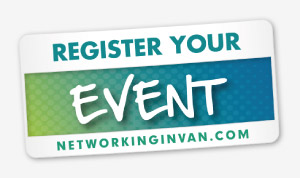I gleaned most of this information from a document I downloaded from the intraweb and would like to credit “Robert Half - Business Etiquette: The New Rules in a Digital Age (Feb 2011)” for this useful info. Thanks Robert! Download the full guide and slides here.
Presenting yourself professionally using digital tools is vitally important. Remember everything you write is more than often viewable by anyone on the internet (and will be there for years!) so be polished if you are promoting your twitter account on your Resume. I can tell you, I have received applications for positions I was hiring for and have checked their listed Twitter accounts and have been so unimpressed that have decided NOT to interview people based on this, even if they had good experience.
Professional Networking Sites
LinkedIn - networking online is no different than rubbing shoulders at in-person networking events - it's important to make a positive impression and follow the rules of the road.
- Complete your profile
- Request recommendations individually (no generic requests)
- Prioritize quality over quantity (your network is only as strong as its weakest connection)
- Say ‘please' and be respectful (if you want an intro to someone's connection, ask politely and explain why)
- Think twice before you say yes (when a member of your network request into's to other contacts, don't immediately agree, particularly if you don't know that person very well).
- Make the connection clear (in the message state how you met them, ie. if you attended a conference together)
- Keep it professional (don't post too often or on trivial subjects, be a trusted authority).
- Make a big impact with small gestures (offer helpful suggestions, send useful articles or leave comments).
Social Networking Sites
Facebook - Initially designed for friends & family but increasingly used for professional purposes. Online social interaction deserves careful thought before deciding to invite your professional contacts to join your friend list.
Even if you determine it's best to keep your personal and business profiles separate, you should know how to handle friend request gracefully and the actions you can take to protect your privacy.
- Vanity URL: your name may be more common than you think, makes it easier to find you.
- Include profile picture: image can be casual, but make sure it's professional (if you're connected with clients)
- Respect the wall: if you wouldn't want to read it on a billboard, don't post it on someone's wall.
- Keep it focused: resist the temptation to post updates about games, quizzes and groups to which you belong to if you use FB for business.
- Avoid Venting: Big Brother really is watching, yet people continue to make the mistake of posting negative comments or gossiping about employers, or any other touchy topic.
- Ask before you tag: You know why.
- Please don't poke: Never appropriate for professional purposes.
Twitter - perhaps the least understood of all the major social media services. How do you find meaningful information in a stream of tweets? What does RT stand for? And what's a Fail Whale? Hopefully these tips help.
- Start by Listening: Use Twitter's search function to find feeds that interest you.
- Be human when tweeting: Keep tone real and natural.
- Add Value: Be helpful and generous. Share links to relevant articles or online resources.
- Tweet regularly: Few times a day, if possible (but see above).
- Pay it forward: Retweeting others' posts helps you build rapport with followers, encourage discussion and show people it's not all about you!
- Offer thanks: Publicly thank retweeters.
5 Questions to Ask Yourself About Social and Professional Networking Sites
1. What's your primary goal?
2. Which sites do the people you want to connect with use?
3. What's your strategy?
4. What can you offer that's different from others?
5. How will you monitor your progress?
Articles:
It's not who you know, it's who knows you - Globe & Mail, Brian Gordon

